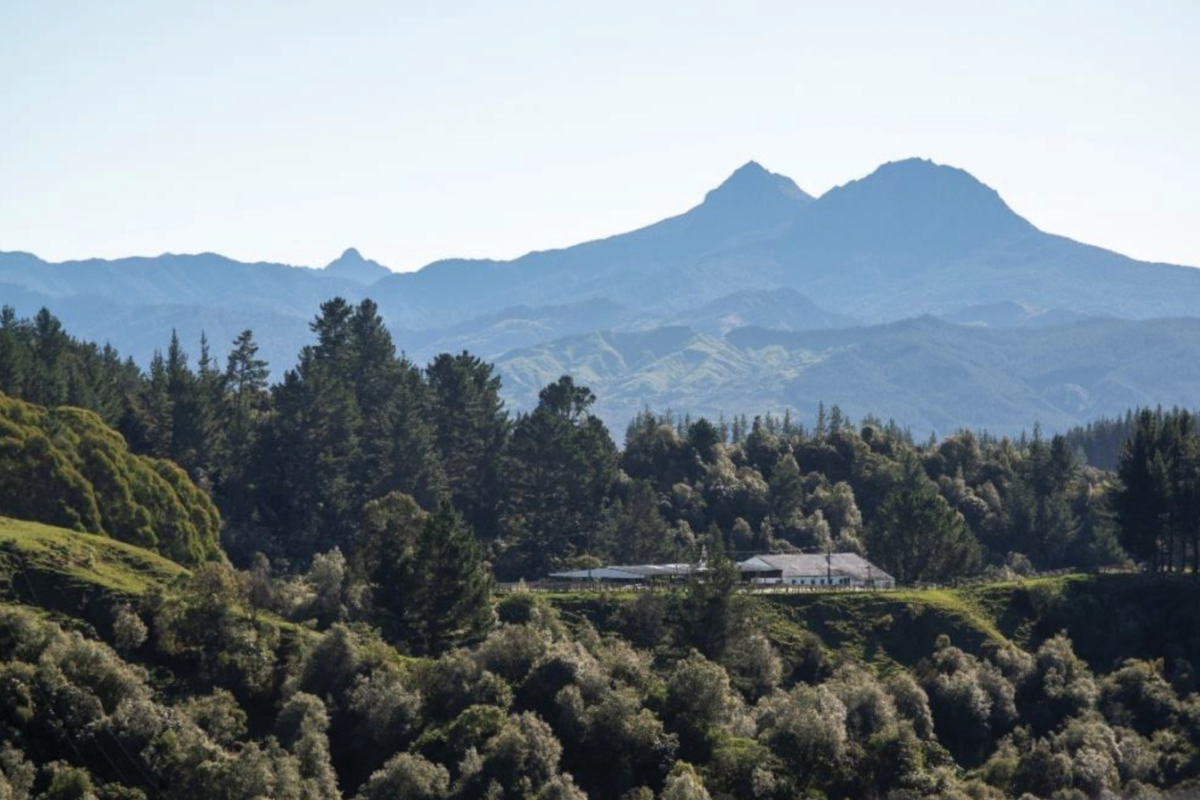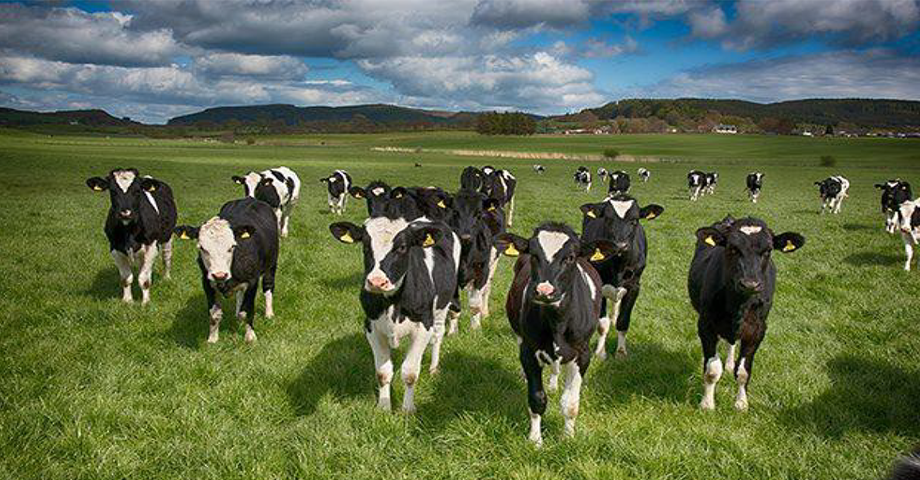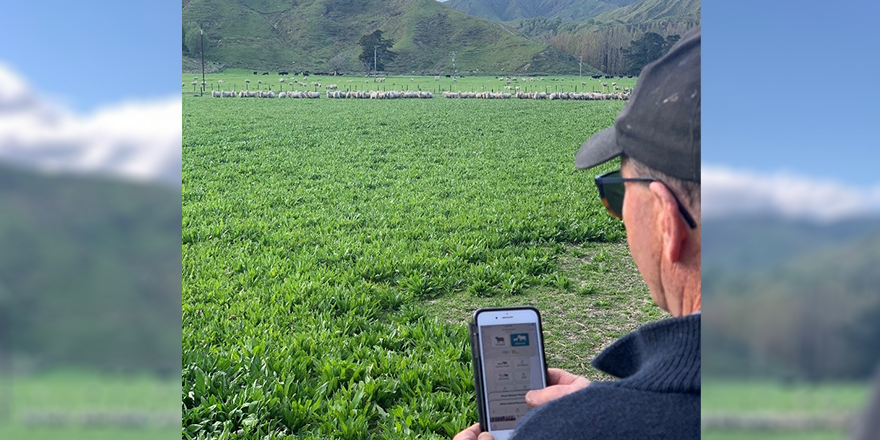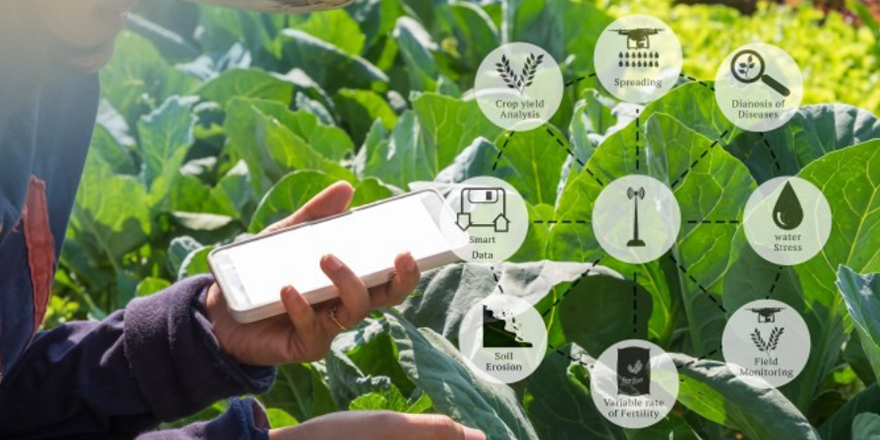
Executive summary
The alignment between the long-term investment objectives of KiwiSaver and the resilience of New Zealand’s food and agriculture supply chain presents a compelling case for increased domestic investment; however, less than 2% of the $115 billion of KiwiSaver funds have been invested in New Zealand’s private markets, with even less allocated to the food and agriculture sectors.
Private domestic and foreign investors are experiencing the benefits of exposure to this asset class. At the same time, KiwiSaver providers sit idle on the sidelines to the detriment of their members and an industry that needs investment.
This research project aims to identify the barriers inhibiting KiwiSaver providers from investing in Aotearoa’s primary sector assets the impetus for this report comes from the need for KiwiSaver funds to diversify their asset bases and an awareness that significant investment in the food and agriculture sector is needed.
By understanding the current barriers, is there the opportunity to facilitate greater capital allocation from KiwiSaver providers to the primary sector and enhance the returns of KiwiSaver funds and the resilience of our agriculture and food industries?
A literature review was conducted to provide context around global investment themes in agriculture and to highlight the importance of the agriculture sector in Aotearoa. Additionally, 15 qualitative, semi-structured interviews were conducted with key market participants, including fund managers, asset managers, investment managers, bankers/financiers, primary sector professionals, and industry leaders. These interviews aimed to gather direct insights and findings from those actively involved in the market, offering a practical perspective on the barriers and opportunities for KiwiSaver investment in the primary sector.
Key Findings
Analysis of the themes arising from the literature and interviews found:
- Investment in the global food and agriculture supply chain is being influenced by the steadily increased interest from large institutional investors
- Domestic institutional investors (including KiwiSaver providers) find it challenging to make an investment case for primary sector assets over and above other asset classes
- The need for daily pricing and liquidity obligations restricts KiwiSaver providers from investing in private markets
- Investors and Investment managers recognise the opportunity for investment by KiwiSaver into the primary sectors, however, there is a lack of engagement by both parties to help bring this to a head.
Recommendations for KiwiSaver Providers and Investors
- Develop a specific allocation to agriculture or natural capital
- Advocate for a more strategic approach to Foreign Direct Investment
- Be open-minded to smaller transaction sizes and minority shareholdings
- Engage with sector experts to better understand the benefits of the sector
- Work with industry to develop a roadmap for agriculture investment and the role KiwiSaver can play in providing investment
Recommendation for Manager and Owners
- Engage with and seek to educate KiwiSaver investors on the benefits of the Agriculture sector
- Work with industry to develop a farmland index to benchmark returns
- Develop plans to become investment-ready
- Advocate for a more strategic approach to Foreign Direct Investment
- Align agribusinesses with institutional investors to facilitate successful partnerships
Wyatt Johnston




